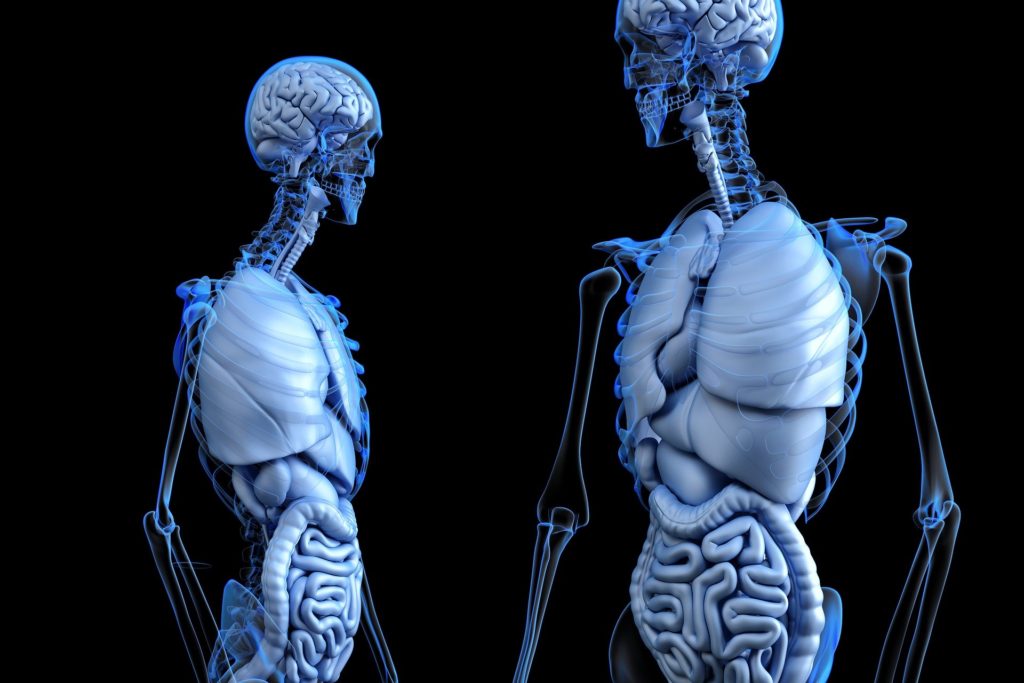
Neuralink announced this week that the brain implant it has been developing has been classified by the FDA as a ‘breakthrough device.’ The new technology mimics the brain’s neural networks and can ‘repair’ or ‘fix’ functionality in the brain, according to Neuralink founder Elon Musk. “It can interface basically anywhere in your brain,” Musk told Joe Rogan in a recent podcast. “So, it could be something that helps cure eyesight, returns your eyesight even if you’ve lost your optic nerve. Hearing. Pretty much anything. It can fix pretty much anything that’s wrong with the brain.”
Other benefits Neuralink can provide include restoring limb functionality, loss of memory from Alzheimer’s, stopping epilepsy attacks, and fixing speech impediments and facial muscle control from strokes, according to Musk. He demonstrated the Neuralink technology in pigs during an online presentation this week. Musk says he believes the science will be ready to be tested in a human in about a year. He promises the implantation of the technology into a human’s head would be subtle. “If a person wanted a device it would basically be implanted in your skull, so but it would be flush with your skull, you basically take out a chunk of skull, put the Neuralink device in there, insert the electrode threads very carefully into the brain, and then you stitch it up and you wouldn’t even know that somebody has it,” Musk told Rogan in May. “It can interface anywhere in your brain.
Founded in 2016, Neuralink is based in San Francisco, California, and currently has around 100 employees. According to reports, Musk himself contributed two-thirds of the $150-million the company has in funding. He says he spends around 5% of his ‘brain cycles’ on Neuralink, and that the vast majority of ‘brain cycles’ go toward Tesla and SpaceX, other companies he founded and runs. He tweeted in February that the technology could be truly revolutionary. “It will ultimately be used to make up for entire lost sections of the brain due to stroke/accident/congenital.” Elon’s tweet read. “Don’t want to get too excited, but the potential is truly transformational for restoring brain & motor functions. There is no other way to do it imo.”
The way he is doing it is by using AI. “The essential elements of an AI neural net are very similar to a human brain neural net,” Musk says. “Its having the multiple layers of neurons, backpropagation, its all these things that are in brain nets. A neuron goes through a series of neural nets to cognition and reverses those steps to go back.” He likens the impact of the technology to deep brain stimulation, noting that Neuralink is pushing that science forward by reading and writing neurons. “It’s a very low potential for rejection,” says Musk, referring to the body’s ability to reject foreign objects. “There are people who have primitive devices in their brains right now. Like deep brain stimulation. Its kind of like zaps your brain, like kicking the TV.”
Musk used his Twitter account to criticize Neuralink competitor Utah Array earlier this year, noting the competitor technology has ‘severe drawbacks.’ The billionaire owner of Neuralink says the hole that will be created in the skull by a Neuralink device is about an inch in diameter. The coin-shaped device will then be inserted by a Neuralink-developed robot. Great care will be taken to put the ‘tiny wires’ into the area of the brain that needs re-circuiting and to avoid veins and arteries. A battery, Bluetooth, conductive charger, and electrodes will also be inserted into the brain. These things can be removed in the future if necessary Musk told Rogan. He believes the technology has tremendous ability to change the way we communicate.
“Let’s say you have some complex idea that you are trying to convey to someone else,” Musk says. “Your brain spends a lot of effort compressing a complex concept into words. You say those words and then those words are interpreted and decompressed by the person that is listening.” Neuralink can solve the disconnect between speaker and listener. “You would be able to communicate very quickly and with far more precision,” Musk says. ‘If you wanted to speak in another language it would be no problem you would just download the program.”
Musk says there is also an ‘option’ to push the AI technology further to make humans into cyborgs, a contentious term that he seems comfortable with. “Full AI symbiosis is optional,” Musk says of the technology he is developing. He sees AI as an inevitable part of the future and the idea of cyborgs as something we are becoming more comfortable with. “AI is getting better and better. If you can’t beat them join em! We are already a cyborg to some degree – your phone, laptop, electronic devices. We are already partly cyborg or AI symbiosis.”
